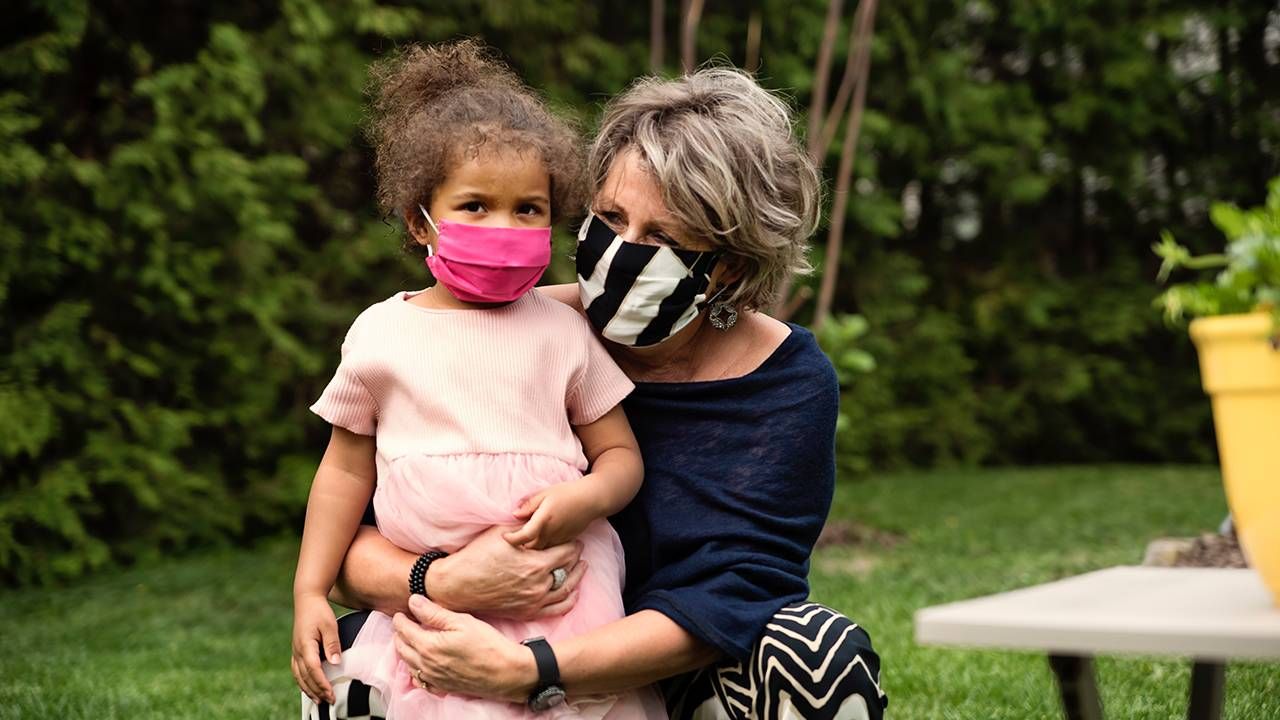OPINION: 3 Ways the Biden Administration Can Support Older Adults, Kids and Families
Calls to action from the heads of Generations United and The Eisner Foundation
The new Biden administration has much to balance: a pandemic, vaccine distribution and the major challenge of rebuilding a divided country, all while addressing the country's other needs. But only one of the plans the Biden campaign put out addresses a key societal dilemma: how we will care for our nation's young and old.

In July 2020, it released proposals to invest $775 billion in child and elder care over the next decade, a large increase over current levels. The Economic Policy Institute estimated the plan would create 3 million jobs and increase labor force participation among women, a group hit particularly hard by the pandemic.
The Aspen Strategy Group has noted the importance of national service for young people, but citizens of all ages can benefit.
Looked through an intergenerational lens, these efforts could not only strategically and efficiently serve older and younger populations at the same time but could also foster connections across generations to repair societal fractures that have been festering for many years. They could recognize how younger and older people can help each other and address the growing feelings of loneliness in Americans of all ages — a challenge incoming Surgeon General Dr. Vivek Murthy (a 2020 Next Avenue Influencer in Aging) has called a public health crisis that has been greatly exacerbated by the pandemic.
3 Actions the Biden Administration Should Take
To maximize the intergenerational potential of our nation's approach to supporting older adults, children and families, we believe the Biden administration should aggressively pursue the following three actions:
1. Incentivize intergenerational shared sites within education and caregiving plans. The Biden plan includes tax credits for building child care centers and co-locating them at places of employment. This should be broadened to include what are known as intergenerational shared sites, like those with child care and adult day care or living facilities where the lives of young and old are enriched daily through facilitated interactions or even just spontaneous hugs and high-fives.
While regulatory challenges and generational silos have prevented these sites from being commonplace, they can provide care facilities with diversified revenue streams and better outcomes as generations come together in meaningful ways. Older adults gain a sense of purpose and improved mobility, while children's social and emotional skills and literacy levels accelerate.
2. Make national service a core civic value. The Aspen Strategy Group has noted the importance of national service for young people, but citizens of all ages can benefit. Programs like AmeriCorps and AmeriCorps Seniors (formerly SeniorCorps) already have bipartisan support, but are underfunded and underpromoted.
In March 2020, the National Commission on Military, National, and Public Service recommended ways to expand and create service opportunities for Americans of all ages and a focal point for service within the White House. Since then, the pandemic has shone a light on opportunities ripe for intergenerational service during national emergencies and beyond.
For example, AmeriCorps Seniors could have leveraged the time and talents of older adults to virtually assist families struggling with suddenly educating children at home.
We must make engaging with, and serving, other generations a cornerstone of national service and civic pride.
3. Support caregivers across generations. The recently reauthorized Older Americans Act includes new intergenerational provisions and lays the groundwork for a more robust national response to supporting family caregivers nationwide. We should pursue opportunities to financially support family caregivers who give up income to provide care, including the Social Security and income tax credits laid out in the Biden plan.
And we must support all forms of caregiving, including the growing numbers of families where grandparents are the primary caregivers for their grandchildren, most of whom are not part of the formal foster care system.
In August 2020, the Government Accountability Office (GAO) made a number of recommendations to better support grandfamilies by increasing Health and Human Services communications to state and local governments and encouraging the adoption of optional programs. These recommendations need to be implemented.
In addition, new guidance to expand grandfamily access to Temporary Assistance to Needy Families or TANF (a 23-year-old U.S. program that assists families with children when the parents or other responsible relatives cannot provide for the family's basic needs) would ease the financial burden on these older adults.
The same would be true for expanding grandfamily access to the Guardianship Assistance program, designed to help caregivers of children who were removed from their primary caregiver due to abuse or neglect.
Our country faces massive challenges in the years to come. But, in the words of President Biden, we can "build back better" by seeking to leverage the skills and talents of all generations and by working to bring them together.
This won't just save taxpayer funds while effectively serving these populations. It will tear down generational divides, build empathy and save lives.



